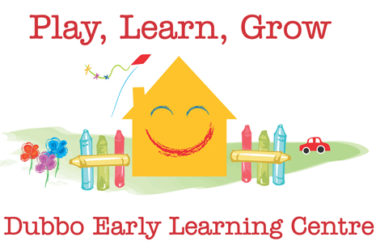Biting – how do I stop children from biting?

For some toddlers, biting is a frequent form of aggression. For staff, biting outbursts can be highly stressful to deal with both at the children’s level and a family member’s level.
Biting as a tool of language
Step 1 Identify it and teach the new language that is missing
Step 2 Work with families – essential
It is most common for biting to occur in the toddler age range and may be associated with developmental issues such as limited speech and language development and skills, poor self control or a lack of understanding of the consequences.
Establish any reasons such as delayed speech, overtiredness, hunger, impatience etc. Observe and discuss these concerns with family members to encourage a holistic approach. Perform preventative measures such as changing routines, removing the child from high risk situations and monitor food and sleep levels.
Coaching children will empower them in dealing with conflict in a more positive manner. For example, teach the victims of biting to say “Stop” and immediately seek the help of an adult. Praise and acknowledge successful social interactions.
Reprimanding, removing and firmly asserting “No biting” may be necessary. In the previous exercises we have practiced not saying NO. When we reduce the use of the word NO it will be effective when we need to use it – for example, “No Biting.”
Consistency among educators in this process is particularly important. This may include educating adults on how to react appropriately to instances of biting.
If the biting continues we need to shadow the child at all times.

Biting as a cultural learnt behaviour
Step 1 Identify it and teach new ways to interact
Step 2 Work with families – essential
For example, a child comes from a Greek family where all Aunties ‘eat the child’ when they kiss them. It’s not just a kiss on the cheek. The child doesn’t understand fully, reproduces it and bites accidentally.
Teach different ways to interact and show how their actions were meant for good but hurt.
